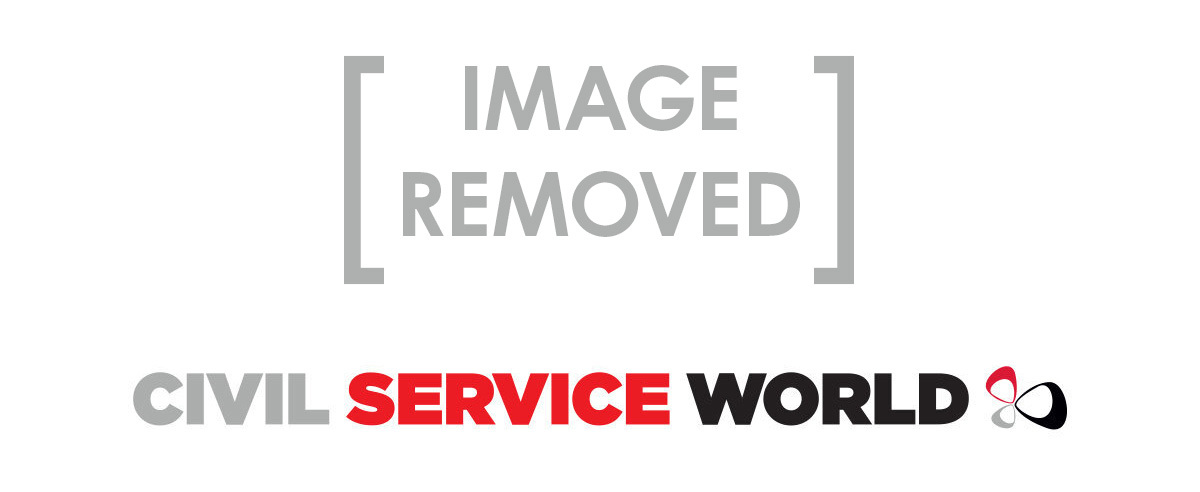The Cabinet Office’s multi-million pound communication campaign to prepare the UK for Brexit did not make the public “significantly better prepared”, a National Audit Office review has found.
The public spending watchdog said it was not clear that the £46m campaign, which was made up of adverts, guides for businesses and a readiness checker based on a short questionnaire, had a significant impact.
The campaign was launched at the start of September last year, with a budget of £100m to urge people to prepare for Brexit that was at that point scheduled for 31 October.
The NAO found that 34% of UK citizens said they had either looked at or had started to look at information on Brexit preparedness at the time the campaign was stopped – a figure that was "broadly unchanged from the beginning of the campaign".
"It ranged between 32% and 37% during the campaign and was 34% when the campaign stopped," the NAO found.
The government had spent £46m of the campaign's £100m budget by the time the campaign was paused on 28 October after prime minister Boris Johnson sought an extension to Brexit. Following last month’s general election and the passage of the EU withdrawal legislation, the UK is now set to leave the bloc on Friday.
Auditors acknowledged that the Cabinet Office, which ran the campaign, "quickly assembled a team" to work on the project, which came together in just six weeks rather than the standard five months for a government TV push, and that the team had to "communicate multiple messages to multiple audiences, amid great political uncertainty".
NAO head Gareth Davies said: "At short notice, the Cabinet Office successfully corralled multiple government departments to work together effectively and launched this complex campaign at great speed. However, it is not clear that the campaign resulted in the public being significantly better prepared.
"If the Cabinet Office faces a similar challenge in the future, it should, from the start, focus much more on what impact is needed and how best to deliver the behaviour change required by government, targeting spending on the activities that are likely to add the greatest value."
According to the NAO, over the course of the campaign, Brexit-related pages on GOV.UK received 42.9 million unique visits, while the main GOV.UK/Brexit page had 4.3 million unique visits. Of these, 2.6 million started to use the checker tool and 1.7 million (66%) completed it.


Responding to the NAO report, a government spokesman said: "The Get ready for Brexit campaign reached 99.8% of the UK population and the NAO's findings showed increased public awareness of the action they needed to take to be ready to leave the EU.
"Not undertaking the campaign would have risked significant and unnecessary disruption to businesses and to people's lives."
Civil service chief executive John Manzoni had previously set out the extra controls that were been introduced to provide assurance that the spending on the campaign .
These reflected the fact the campaign had been launched quickly, he told the Public Administration and Constitutional Affairs Committee in September and included an specific assurance panel “to make sure that it has all the right control and metrics and is done in a professional way” and external auditors checking the price paid for media buys.
Manzoni also set out how the government would measure success of the programme, revealing that government would track user journeys through government’s Get Ready for Brexit website.
“Because this primarily drives people to the website we can do quite a lot of analytics on the website around what journeys are being followed, how many people leave successfully from that website having found the information, there is quite a lot of analytics we can do. We have nine step-by-step processes [for different areas of Brexit preparation], so we can track the number of business that go there, and we are additionally introducing a series of surveys both with public citizens and businesses so that we can routinely check where those are and those will be ramped up.”
The NAO report reveals that it was marketing firm Ebiquity that provided independent challenge on both the media strategy) and the media buying plans.
This covered elements of the air campaign such as healthcare, travel and business readiness and Ebiquity’s feedback focused on the price, purpose and target audience. In some cases, action was taken as a result, such as not running full- and part-page adverts in the same newspaper issue.
In others, decisions were taken to continue as planned. For example, on business readiness, Ebiquity highlighted the high spend on print advertising in newspapers but Manning Gottlieb OMD advised, and the Cabinet Office agreed, that it was important to continue to use this media to “maintain stature” as the 31 October deadline approached. Ebiquity highlighted that a longer timeframe for the campaign would have allowed more discussion and debate around the plans and may have meant there was less resistance to making changes to plans based on its feedback.
The NAO has also revealed that the Cabinet Office carried out a deep-dive of the air campaign in early November 2019, and concluded it saved £1.7m by coordinating the campaign centrally compared with eight departments running separate campaigns. The Cabinet Office has not yet assessed the return on investment for the campaign, the report stated.